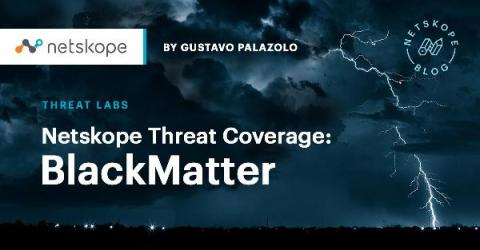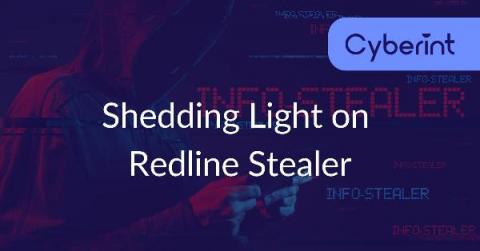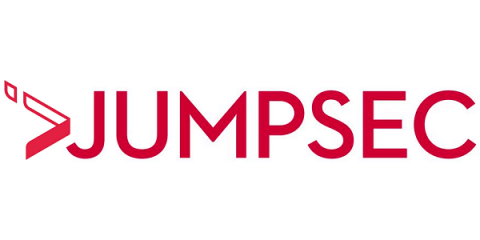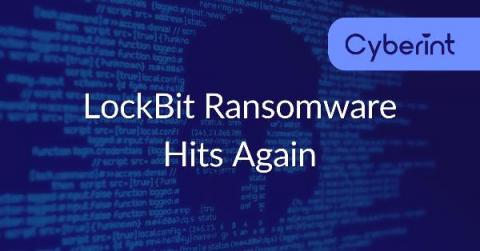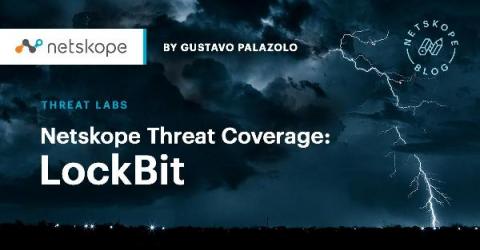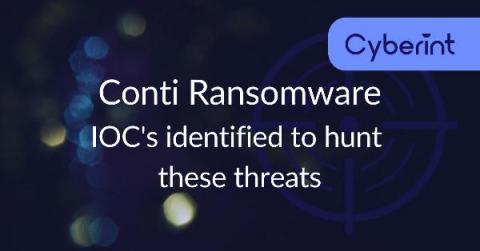Netskope Threat Coverage: BlackMatter
In July of 2021, a new ransomware named BlackMatter emerged and was being advertised in web forums where the group was searching for compromised networks from companies with revenues of $100 million or more per year. Although they are not advertising as a Ransomware-as-a-Service (RaaS), the fact they are looking for “partners” is an indication that they are operating in this model.


